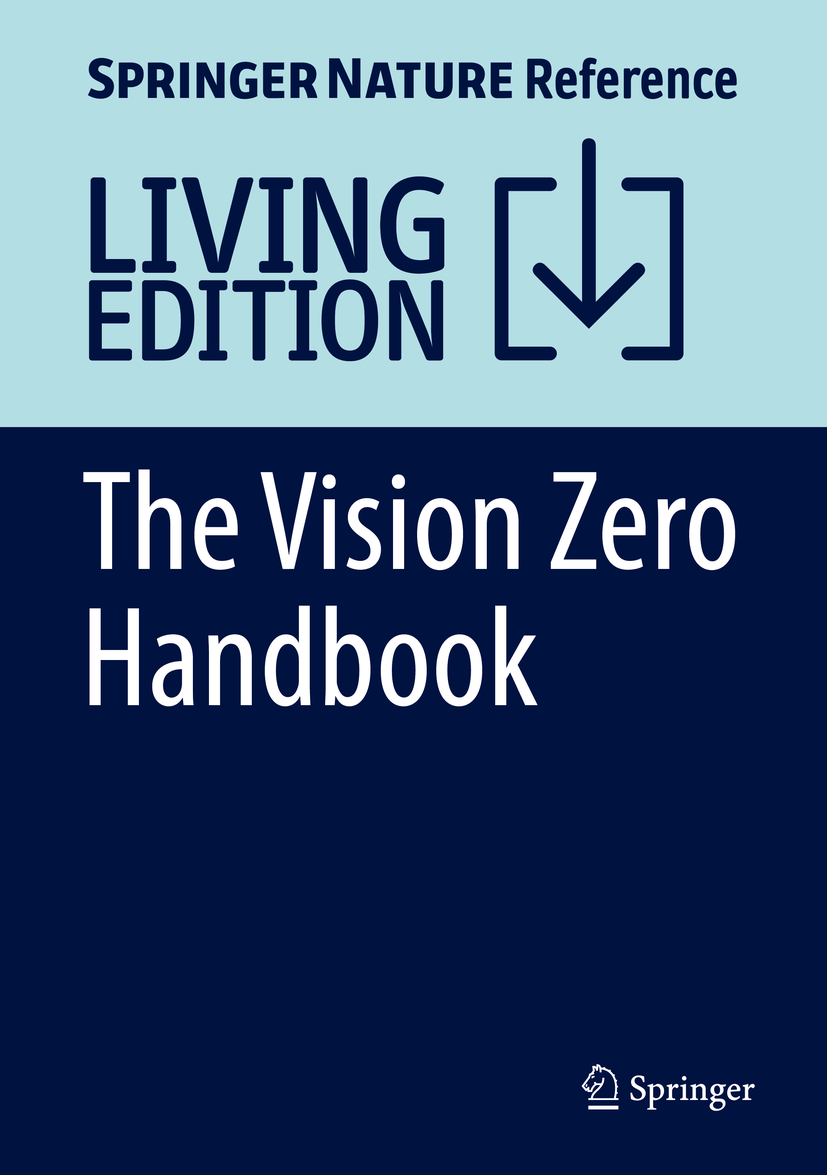| 书目名称 | The Vision Zero Handbook | | 副标题 | Theory, Technology a | | 编辑 | Karin Edvardsson Björnberg,Sven Ove Hansson,Claes | | 视频video | http://file.papertrans.cn/923/922068/922068.mp4 | | 概述 | Is the major source for everyone working with Vision Zero.Brings together all the major topics of the subject in one publication.Presents a new road safety paradigm that can be applied to many other a | | 图书封面 |  | | 描述 | .This handbook provides a comprehensive treatment of Vision Zero, an innovative policy on public road safety developed in Sweden. Covering all the major topics of the subject, the book starts out with a thorough examination of the philosophy, ideas and principles behind Vision Zero. It looks at conditions for the effectiveness of the policy, principles of safety and responsibility as well as critique on the policy. Next, the handbook focuses on how the Vision Zero ideas have been received and implemented in various legislations and countries worldwide. It takes into account the way Vision Zero is looked at in the context of international organizations such as the WHO, the UN, and the OECD. This allows for a comparison of systems, models and effects. The third part of the handbook discusses the management and leadership aspects, including ISO standards, equity issues, other goals for traffic and transportation, and opportunities for the car industry. Part four delves into tools, technologies and organizational measures that contribute to the implementation of Vision Zero in road traffic. Examples of specific elements discussed are urban and rural road designs, human factor designs, | | 出版日期 | Living reference work‘‘‘‘‘‘‘‘ 20200th edition | | 关键词 | Vision Zero Society; Vision Zero Example; Vision Zero Principle; Challenges Vision Zero; Vision Zero Hum | | doi | https://doi.org/10.1007/978-3-030-23176-7 | | isbn_ebook | 978-3-030-23176-7 |
The information of publication is updating

|
|
 |Archiver|手机版|小黑屋|
派博传思国际
( 京公网安备110108008328)
GMT+8, 2025-11-14 13:08
|Archiver|手机版|小黑屋|
派博传思国际
( 京公网安备110108008328)
GMT+8, 2025-11-14 13:08


